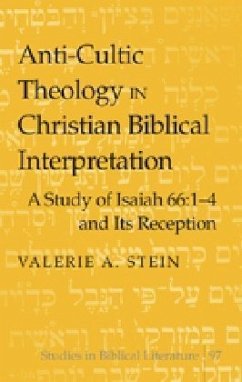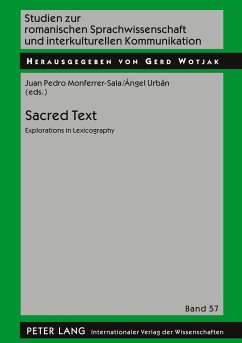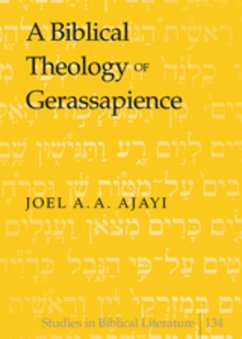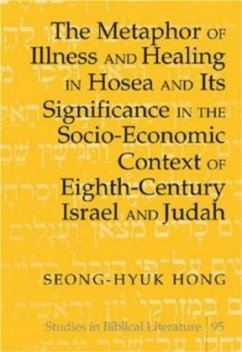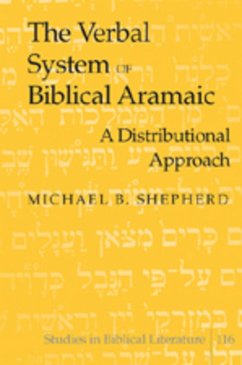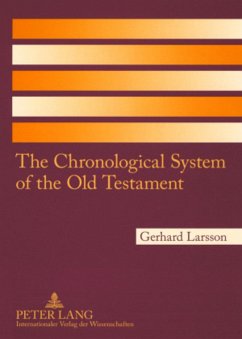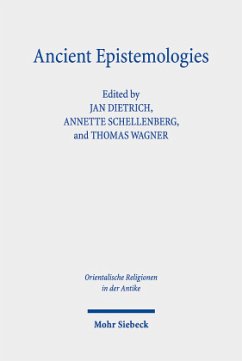
Eschatological Sanctuary in Exodus 15:17 and Related Texts

PAYBACK Punkte
0 °P sammeln!
After crossing the Reed Sea, Moses and the Israelites celebrate Yahweh's victory over the Egyptians in the «Song of the Sea» (Exod. 15:1-18). Much of the song rejoices over their recent deliverance, but its latter portion anticipates what Yahweh would do for his people in the future. Specifically, he will lead them past enemy nations and «plant» them on a mountain. Also included in this context is a reference to «the sanctuary, O Lord, which your hands have established» (v. 17). Commentators throughout the history of interpretation have understood this «sanctuary» as a reference to Sol...
After crossing the Reed Sea, Moses and the Israelites celebrate Yahweh's victory over the Egyptians in the «Song of the Sea» (Exod. 15:1-18). Much of the song rejoices over their recent deliverance, but its latter portion anticipates what Yahweh would do for his people in the future. Specifically, he will lead them past enemy nations and «plant» them on a mountain. Also included in this context is a reference to «the sanctuary, O Lord, which your hands have established» (v. 17). Commentators throughout the history of interpretation have understood this «sanctuary» as a reference to Solomon's temple on Mount Zion.
However, since the temple was eventually destroyed, equating it with a divinely «established» sanctuary is questionable. Eschatological Sanctuary in Exodus 15:17 and Related Texts argues that the sanctuary mentioned in Exod. 15:17 does not refer to Solomon's temple or to any other «man-made» structure but to an eschatological sanctuary distinctively established by divine hands. Such an understanding of this sanctuary impacts the theology of the Pentateuch and provides a reference point for predictions of an eschatological temple in the Prophets and the Writings and for references to unconventional temples in the New Testament.
However, since the temple was eventually destroyed, equating it with a divinely «established» sanctuary is questionable. Eschatological Sanctuary in Exodus 15:17 and Related Texts argues that the sanctuary mentioned in Exod. 15:17 does not refer to Solomon's temple or to any other «man-made» structure but to an eschatological sanctuary distinctively established by divine hands. Such an understanding of this sanctuary impacts the theology of the Pentateuch and provides a reference point for predictions of an eschatological temple in the Prophets and the Writings and for references to unconventional temples in the New Testament.




